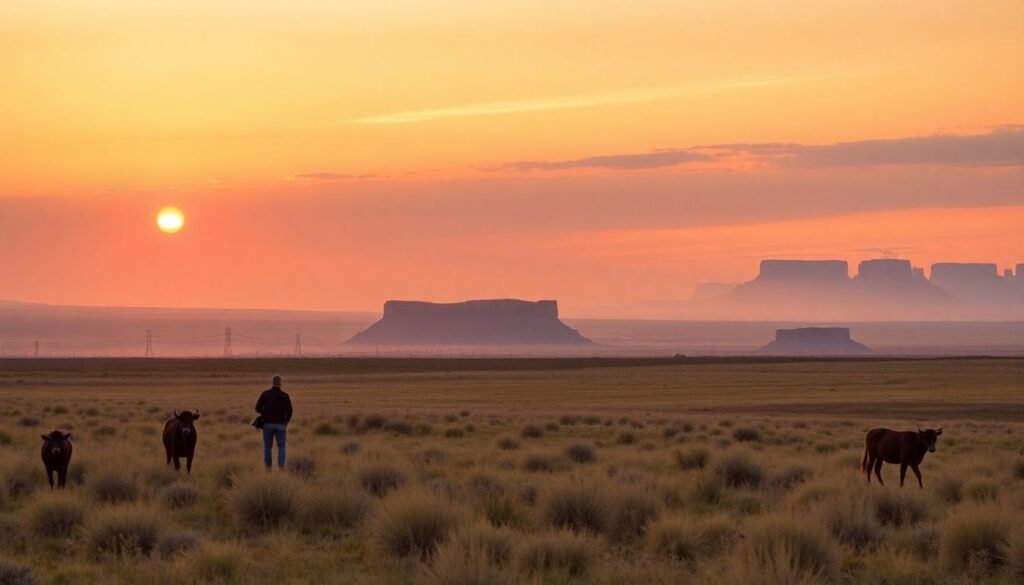In the heart of North Dakota, a sigh of relief echoes through the communities as Governor Kelly Armstrong announces the approval of a presidential major disaster declaration. This declaration is a beacon of hope for those affected by the historic wildfires that swept through western North Dakota in early October 2024. The approval brings much-needed federal funding to aid in the recovery efforts, highlighting the resilience and unity of the North Dakota community.
Governor Kelly Armstrong welcomes federal aid to assist in recovery from historic wildfires
As the sun begins to dip below the horizon, painting the sky with hues of orange and purple, a sense of hope and renewal washes over the vast North Dakota landscape. The once charred earth is now a blend of rejuvenating greenery and resilient black, a testament to the healing power of nature and the unyielding spirit of the community. Firefighters, their faces smudged with ash and eyes gleaming with determination, pack up their gear, having successfully contained the wildfire that once threatened to consume everything in its path.
Community members, young and old, work side by side, planting saplings and spreading fresh soil. Their laughter and chatter fill the air, a symphony of hope and unity that echoes through the badlands. The iconic rock formations stand as silent witnesses, their striations a reminder of the countless challenges this land has faced and overcome.
In the midst of this hopeful scene, local wildlife ventures back into the area. A herd of bison grazes peacefully in the distance, their dark silhouettes contrasting with the golden sunset. Prairie dogs tentatively poke their heads out of their burrows, their tiny noses twitching as they survey the regenerating landscape. Birdsong fills the air as feathered friends return to their nests, their melodies a harmonious accompaniment to the hum of rebirth and recovery.
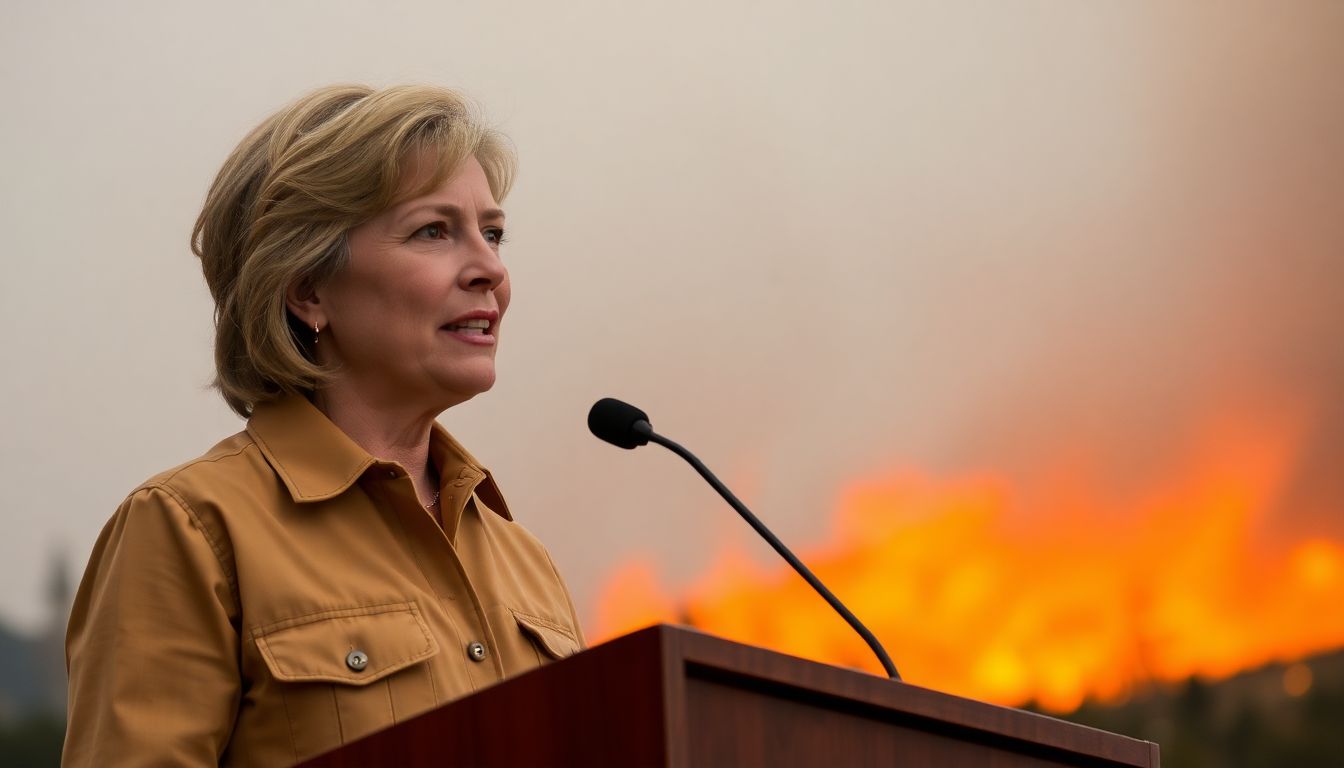
The Path to Recovery
The presidential major disaster declaration for North Dakota is a pivotal moment in the state’s journey to recovery after the historic wildfires that swept through its landscapes. This declaration is more than just a formal acknowledgment; it’s a lifeline, unlocking federal funds and resources crucial for rebuilding and restoring the affected areas. It means that North Dakota will have access to the Federal Emergency Management Agency (FEMA)‘s Public Assistance program, which provides support for emergency work and the repair or replacement of disaster-damaged facilities.
The estimated damage from these wildfires is staggering. Over 130,000 acres have been burned, with estimated losses soaring above $25 million. This figure includes the destruction of homes, businesses, and critical infrastructure. Crops and livestock were also devastated, striking a significant blow to the state’s agricultural industry. The declaration will help alleviate some of these losses, providing support for both immediate needs and long-term recovery efforts.
Local communities have been profoundly impacted by these wildfires. Residents have been displaced, livelihoods have been disrupted, and the emotional toll is immense. Schools have been temporarily closed, and local economies are struggling. The disaster declaration will help these communities by providing assistance for:
- Temporary housing and home repairs
- Low-cost loans to cover uninsured property losses
- Grants for serious needs and necessary disaster expenses not met by other programs
- Unemployment payments for up to 26 weeks for workers who temporarily lost jobs because of the disaster and do not qualify for state benefits
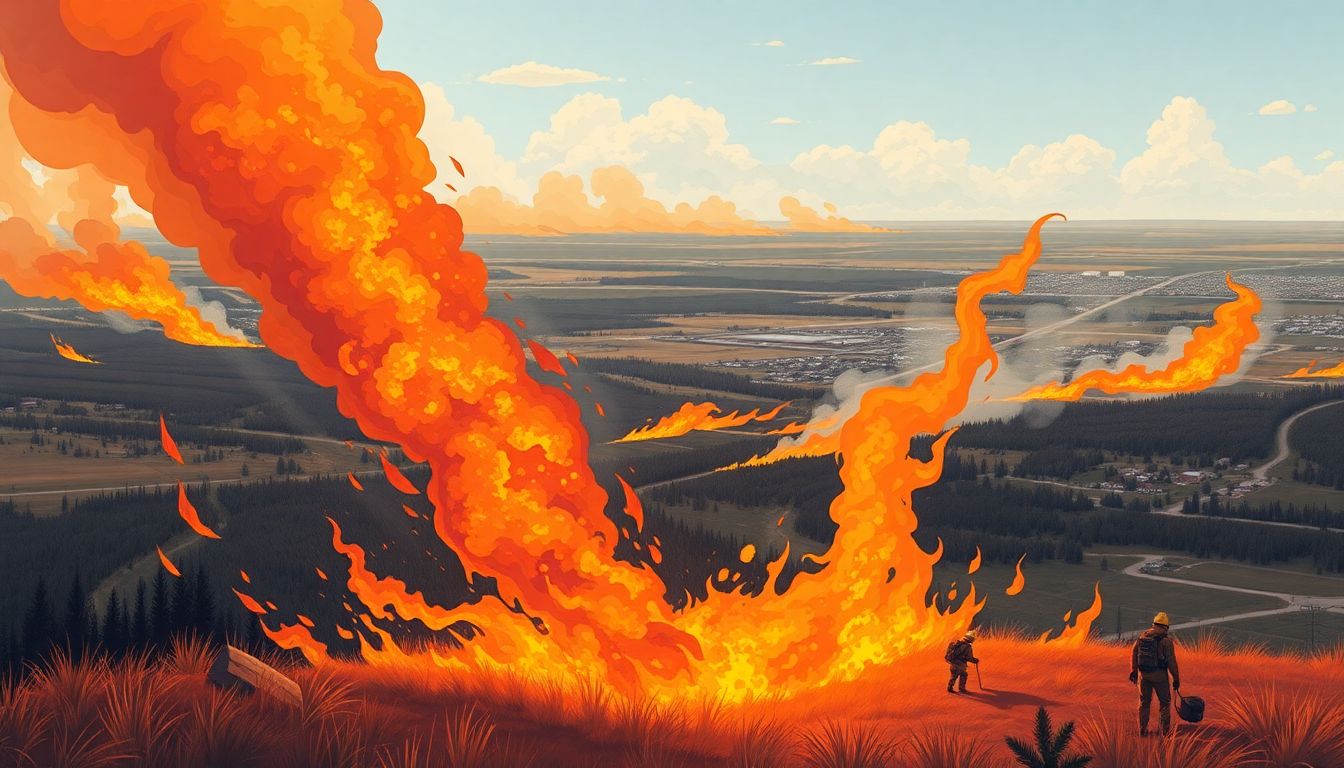
A Glimpse into the Devastation
In early October, the tranquil landscapes of Williams and McKenzie counties were abruptly disrupted by an unprecedented wave of wildfires. The blazes, fueled by dry conditions and strong winds, tore through vast expanses of land, leaving a trail of destruction in their wake. The fires, which officials believed to have been sparked by a combination of lightning strikes and human activities, quickly grew out of control, overwhelming local firefighting efforts and necessitating the intervention of state and federal resources. The sheer scale of the wildfires was astonishing, with flames engulfing thousands of acres within the first few days. Residents were hastily evacuated, leaving behind homes, farms, and precious belongings, as the fires relentlessly marched across the counties.
The wildfires’ impact on rural electrical cooperatives was devastating. As the fires raged, they toppled power lines and scorched essential infrastructure, causing widespread power outages. According to preliminary estimates, the damage to these cooperatives is expected to reach millions of dollars. Poles, transformers, and miles of transmission lines were reduced to ashes, disrupting electricity supply to thousands of residents and businesses. The North Dakota Association of Rural Electric Cooperatives (NDAREC) has deemed this event as one of the most catastrophic in the region’s history. In the aftermath, crews have been working tirelessly to restore power, but the extent of the damage has posed significant challenges.
Farmers and ranchers, the backbone of these rural economies, were particularly hard hit. The fires not only consumed crops ready for harvest but also devastated pastures and hay reserves, leaving livestock with little to no forage. The financial toll is immense, with losses in agricultural produce and livestock estimated to be in the millions. Beyond the economic impact, the fires have taken a profound emotional toll on these communities. Many farmers and ranchers have lost barns, equipment, and even homes that have been in their families for generations. The sight of charred fields and the acrid smell of smoke serve as constant reminders of the disaster.
In the face of such adversity, the communities of Williams and McKenzie counties have shown remarkable resilience. Neighbors have rallied together to support one another, organizing relief efforts and donation drives. State and federal agencies have also stepped in, providing assistance for recovery and rebuilding. The road to recovery will be long and arduous, but the spirit of these communities remains unbroken. As the fires are finally contained and the smoke clears, residents are looking towards the future, determined to rebuild and restore their beloved counties to their former glory.
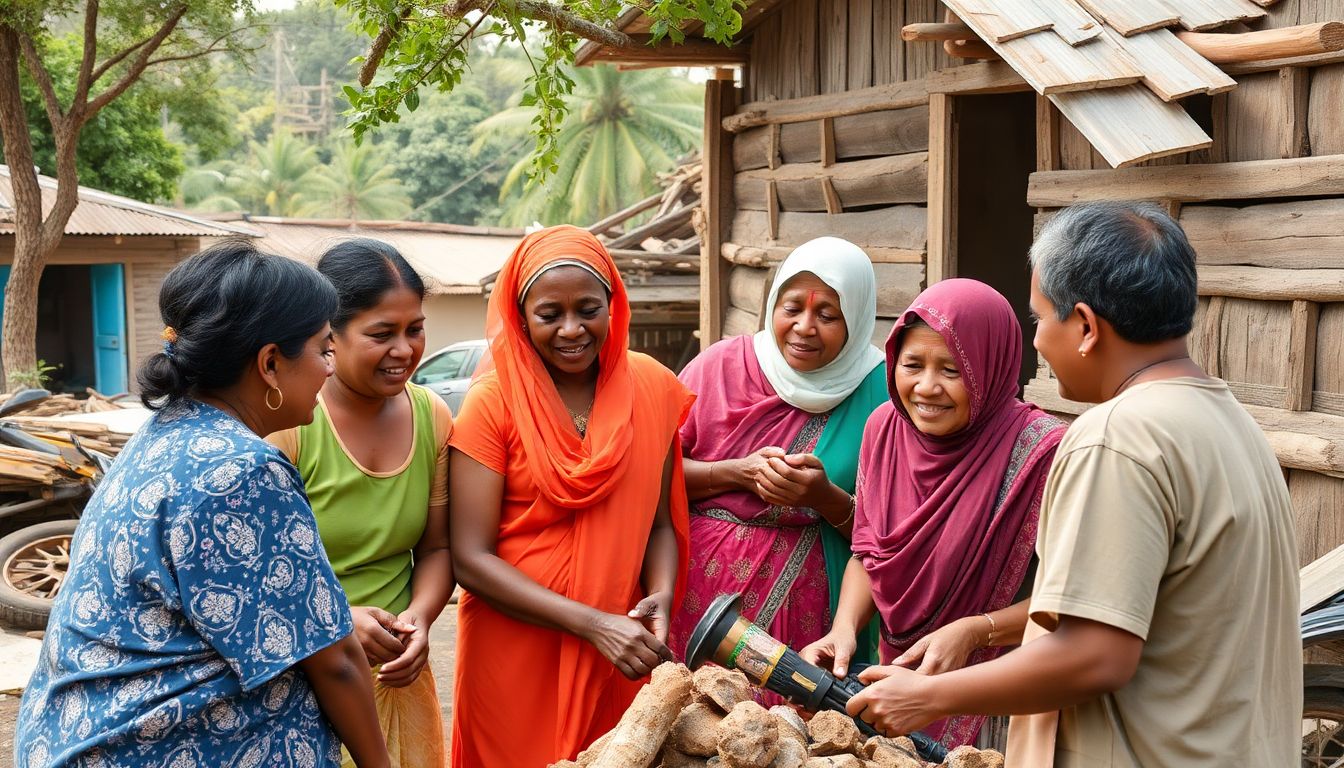
Community Resilience and Support
In the face of the recent wildfires that have swept through North Dakota, the resilience of the community has been nothing short of remarkable. Neighbors have come together to support one another, demonstrating the unyielding spirit that defines the region. From volunteer firefighters bravely battling the blazes to local organizations rallying to provide food, shelter, and supplies, North Dakotans have shown that their strength lies in their unity and compassion.
For those impacted by the wildfires, there are numerous resources available to assist in the recovery process. The North Dakota Department of Emergency Services offers a wealth of information and support, while local non-profits and faith-based organizations have stepped up to provide additional aid. The American Red Cross and The Salvation Army have been instrumental in providing immediate relief, including temporary housing and essential supplies. Additionally, the North Dakota Department of Human Services offers programs to help individuals and families cope with the emotional and financial strain that follows such a devastating event.
Mental, physical, and financial recovery are all crucial components in the healing process. It is essential to prioritize self-care and seek professional help when needed. Here are some key points to consider:
- Mental Health: Trauma and stress are common after a disaster. Seek counseling services or support groups to help manage these emotions.
- Physical Health: Ensure you have access to medical care and maintain a healthy lifestyle to support your overall well-being.
- Financial Recovery: Explore available resources, such as government grants and insurance claims, to help rebuild your finances.
The road to recovery may be long and challenging, but with the support of the North Dakota community and the resources available, it is possible to rebuild and move forward. The state’s strong sense of community and the wealth of available resources serve as a beacon of hope for those affected by the wildfires. Together, North Dakotans can overcome this adversity and emerge stronger than ever.
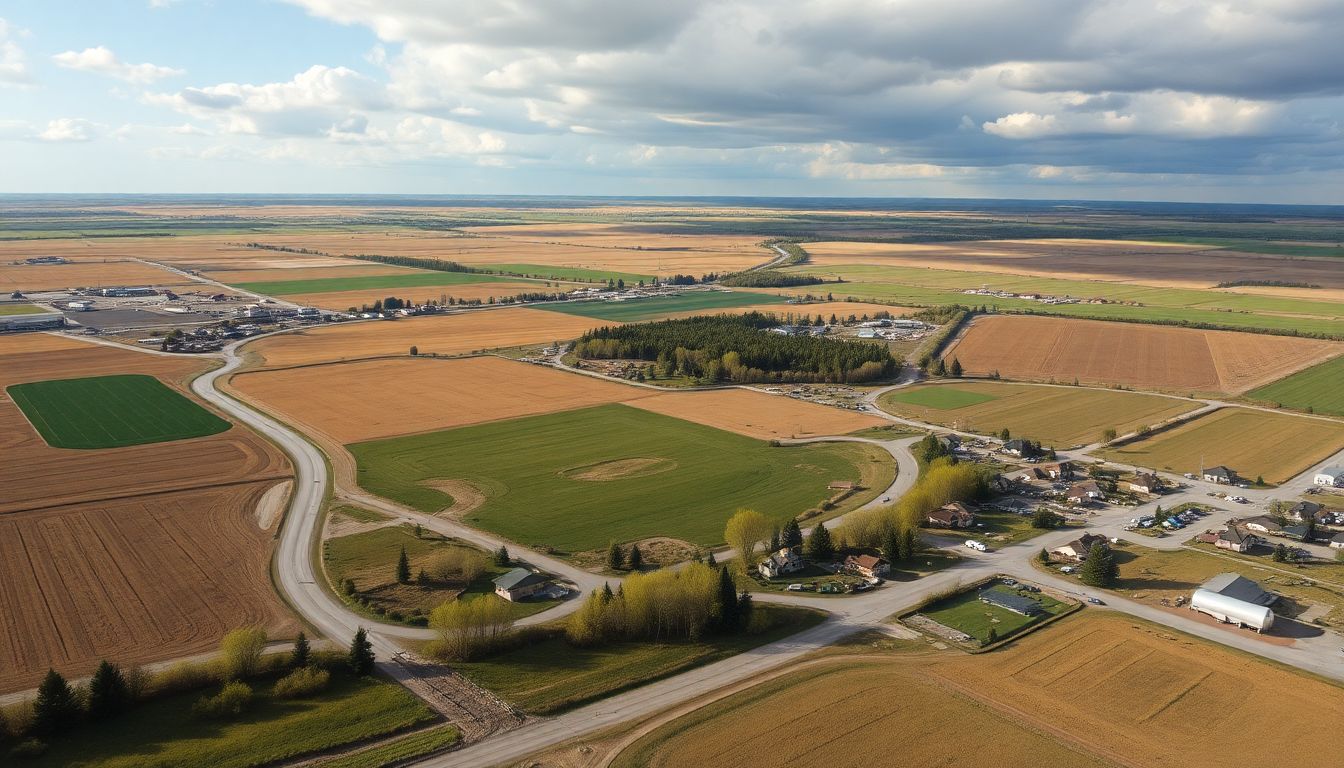
Looking Ahead
In the heart of the Great Plains, North Dakota is steadfastly committed to revitalizing its communities after a series of weather-related disasters and economic shifts. Looking ahead, the future of North Dakota’s recovery efforts shines brightly, bolstered by robust federal funding. These funds are not merely financial injections, but seeds of resilience, sown to cultivate stronger, more sustainable communities. Federal funding is earmarked for various projects, including infrastructure repairs, economic revitalization, and environmental conservation. This comprehensive approach ensures that every aspect of the affected areas is addressed, laying a solid foundation for future growth and development.
The role of federal funding in rebuilding affected areas in North Dakota is multifaceted. It involves:
- Restoring and upgrading infrastructure to withstand future challenges.
- Supporting local businesses and stimulating economic growth.
- Funding community initiatives that foster social cohesion and mental health support.
- Investing in green technologies and environmental protection measures to safeguard North Dakota’s natural heritage.
By focusing on these key areas, federal funding serves as a catalyst for holistic recovery, empowering communities to not just rebuild, but to thrive.
The long-term impact of these recovery efforts on the community and environment is profound. As infrastructure is rebuilt to higher standards, communities become more resilient to future disasters. Economic diversification, spurred by federal funding, creates new job opportunities and attracts businesses, fostering a vibrant and diverse economy. Additionally, investments in green technologies and conservation efforts help preserve North Dakota’s natural landscapes, promoting ecotourism and ensuring that future generations can enjoy the state’s environmental treasures. Moreover, by prioritizing community initiatives, these efforts nurture a sense of unity and shared purpose among residents, strengthening the social fabric that binds communities together.
However, the path to full recovery is not without its challenges. Ensuring the equitable distribution of funds, maintaining transparency in resource allocation, and fostering collaboration between state, local, and federal entities are critical. Furthermore, it is essential to engage communities in decision-making processes, ensuring that recovery efforts align with their needs and aspirations. By navigating these challenges with a steadfast commitment to inclusivity and sustainability, North Dakota can emerge stronger, setting a benchmark for resilience and recovery across the nation.
FAQ
What is a presidential major disaster declaration?
What areas were affected by the North Dakota wildfires?
What is the estimated damage from the wildfires?
What resources are available for those impacted by the wildfires?
- Financial assistance for rebuilding and repairing damaged property
- Mental health support for those affected by the trauma of the wildfires
- Physical recovery resources, such as medical care and temporary housing
.
How can the community support the recovery efforts?
- Volunteering in cleanup and rebuilding efforts
- Donating to local organizations and charities supporting the affected areas
- Offering emotional support and assistance to those impacted by the wildfires
.



